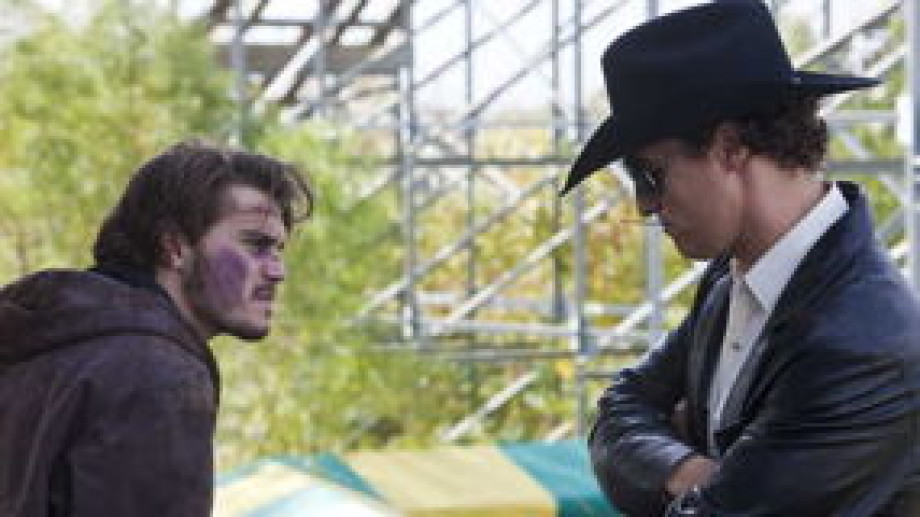
With one of the most notorious car chase scenes of all time—garnering rumors that it was shot in one impetuous take, without giving meandering Brooklynites fair warning of Jimmy “Popeye” Doyle (Gene Hackman) and his screeching 1971 Pontiac LeMans—The French Connection is hard to top. Even for a director as infallible as William Friedkin. But two years later he did it with The Exorcist, then again with To Live and Die in L.A. in 1985 and Rampage in 1987. So how will Killer Joe, a darkly comedic crime thriller (teetering on the edge of horror), prevail? Let’s take a look back at some of Friedkin's eclectic canon in search of answers:
1971: The French Connection
This is the kind of movie that sucks you in completely. Nothing short of the birth of your first child could distract you from the chase scene on New Utrecht Ave in Brooklyn underneath the then-B-now-D-train tracks. Although the plot is simple—two cops attempt to bust a major drug smuggling ring—the execution astonishes. Popeye pursues the French connection (Alain Charnier, played by a mischievous Fernando Rey) above and underground at Grand Central in one of the best cat and mouse scenes of all time (grape drink anyone?) as Friedkin shows us the starkest sides of New York City, Mersailles and Washington D.C. The consolation: No matter how bleak, nothing beats the smoggy, desert reality of Los Angeles.
1985: To Live and Die in L.A.
Roger Ebert says To Live and Die in L.A. is “about two systems of doing business, and how one of the systems finds a way to change itself in order to defeat the other.” But not necessarily in a good way. Secret service agent Richard Chance (William Petersen) will stop at nothing to hunt down the man who killed his soon-to-retire (and become a full-time fly fisherman) partner. But when Chance gets saddled with a guilt-ridden new partner and is refused the $30,000 needed to set up the killer, things unravel as he schemes ways to get the money himself. It all leads to another brilliant Friedkin car chase, this time through the L.A. aqueducts.
1987: Rampage
A priest chanting “The Body of Christ” over and over as Charlie Reece (played by Alex McArthur) moves in for the kill establishes everything you need to know about Friedkin's serial killer flick. Indecision amongst the psychiatrists and attorneys involved in Reece's trial as to whether he should be considered a paranoid schizophrenic, a psychopath or a violent killer is proof that even the experts can't and won't agree on what goes on in a murderer's mind. Unlike Marnie, the answer is not in the diagnosis (even though the sentencing is), but rather lies behind the shaded eyes of the killer.
2000: Rules of Engagement
Exploring the broken psyches of men who have witnessed the atrocities of war, Friedkin gives us Col. Hayes Hodges (Tommy Lee Jones, as another soon-to-be-retired fly fisherman) and Col. Terry L. Childers (Samuel L. Jackson). Why make a war film during a time of relative peace? To show us that the effects of battle continue long after a war ends and are embedded within society, government and individuals.
In true Nicholas Ray, Bigger Than Life fashion, Friedkin tethers emotional men—venting their guilt and anger through violence, car chases and anathema—to a bleak worldview: Humans are, first and foremost, self-interested. And, through written denouements, Friedkin gives audiences the murderous and abominable true stories they so crave. It's too bad he never had the chance to direct James Mason.
Film Comment Selects presents a sneak preview of Killer Joe Tuesday at 8pm with director William Friedkin, writer Tracy Letts, and stars Matthew McConaughey and Gina Gershon in person!



